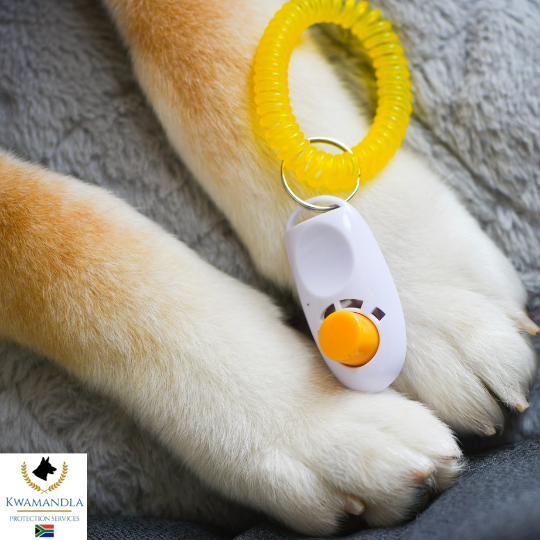When you’re just starting out, it can be difficult to know just how to start clicker training your K9 dog. Clicker training is one of the most effective and enjoyable methods to teach your dog new behaviors and strengthen your bond. This guide will walk you through some insightful approaches to make your training sessions more productive and fun.
What Is Clicker Training?
Clicker training uses a small handheld device that produces a distinct “click” sound. This sound marks the exact moment your dog performs the desired behavior, followed immediately by a reward like a treat or praise. Over time, your dog learns to associate the click with positive reinforcement, making commands clearer and learning faster.
The First Steps to Success
Begin by introducing the clicker to your dog in a distraction-free environment. Simply click, then reward. Repeat several times until your dog eagerly anticipates the treat after hearing the click. This foundational step ensures your dog understands the sound means something good is coming.
Sharpen Your Timing for Faster Learning
Instead of waiting for a full action, try marking tiny movements toward the behavior you want. For example, if you want your dog to sit, click the moment they lower their hindquarters even slightly. This precision helps your dog grasp what you expect more quickly.
Harness Natural Behaviors
Understanding how to start clicker training also means recognizing and reinforcing behaviors your dog naturally offers. If your dog sits calmly or lifts a paw, click and reward immediately. Encouraging spontaneous good behavior helps keep training playful and stress-free.
Gradually Increase Challenges
Once your dog understands basic commands, gently introduce distractions like background noise or new environments. This helps your dog learn to obey regardless of surroundings, boosting reliability.
Keep Sessions Short and Rewarding
Short, focused training sessions of about 5–10 minutes work best. Multiple brief sessions each day keep your dog engaged without causing frustration or fatigue.
Tune Into Your Dog’s Signals
Pay attention to your dog’s body language. Signs of stress or confusion mean it’s time to slow down or take a break. A calm, willing learner always makes the most progress.

